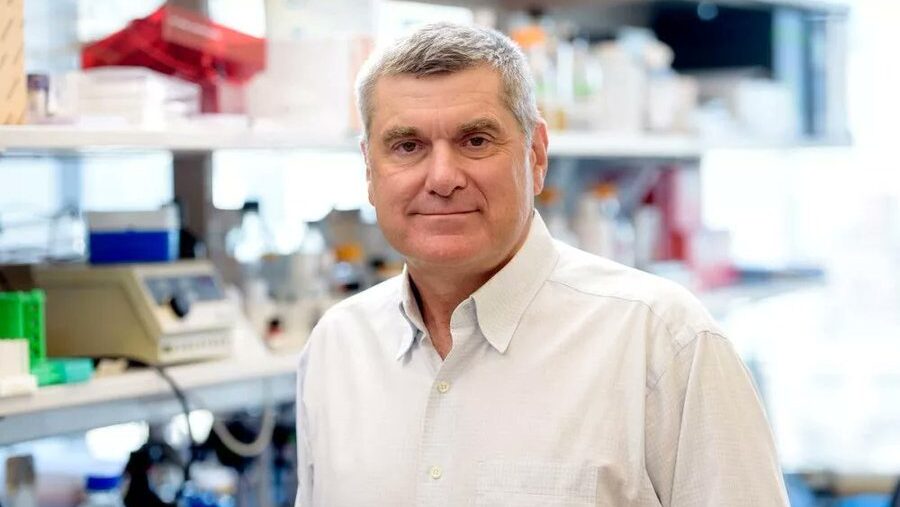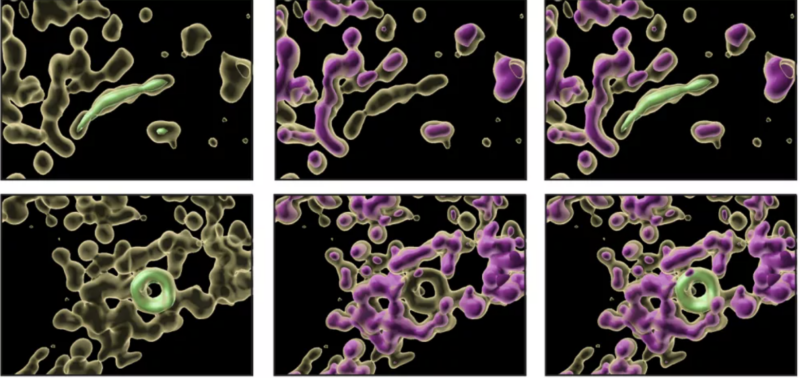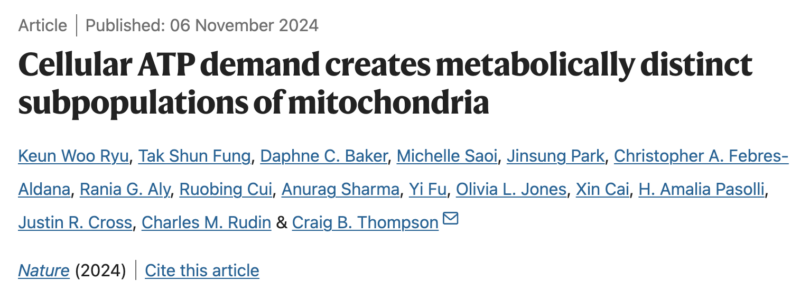
How mitochondria form two distinct subpopulations under stress – Memorial Sloan Kettering Cancer Center
Memorial Sloan Kettering Cancer Center shared a post on X:
“Dr. Craig Thompson and his colleagues in the Cancer Biology and Genetics Program at MSK’s Sloan Kettering Institute recently published a paper in nature that shows how mitochondria form two distinct subpopulations under stress.
Click here to learn more.”
Summary of the research
Recent research from Memorial Sloan Kettering Cancer Center (MSK) has revealed significant insights into how mitochondria function under stress, particularly in cancer cells. Traditionally known as the cell’s powerhouses, mitochondria not only generate ATP but also produce essential building blocks for cellular growth and repair.
The study, led by Dr. Craig Thompson, focused on understanding how mitochondria balance these two critical functions during times of nutrient scarcity and high demand.
The findings demonstrated that mitochondria can form distinct subpopulations specialized for either ATP production or the synthesis of cellular components. This division of labor allows cells to effectively manage competing demands even under stressful conditions. Notably, the enzyme P5CS was identified as a key regulator in this process, facilitating the formation of these specialized mitochondrial subpopulations.

Additionally, the research highlighted the role of mitochondrial fusion and fission in creating these distinct populations, a discovery that underscores their dynamic nature.
The implications of this work extend to cancer biology, as cancer cells often thrive in nutrient-poor environments where normal cells cannot survive. The study found that pancreatic cancer tissues exhibited these distinct mitochondrial populations, suggesting a potential mechanism for cancer progression and metastasis.
Overall, this research not only enhances our understanding of mitochondrial function but also opens new avenues for exploring therapeutic strategies in cancer treatment and aging.
Cellular ATP demand creates metabolically distinct subpopulations of mitochondria
Authors: Keun Woo Ryu, et al.

-
Challenging the Status Quo in Colorectal Cancer 2024
December 6-8, 2024
-
ESMO 2024 Congress
September 13-17, 2024
-
ASCO Annual Meeting
May 30 - June 4, 2024
-
Yvonne Award 2024
May 31, 2024
-
OncoThon 2024, Online
Feb. 15, 2024
-
Global Summit on War & Cancer 2023, Online
Dec. 14-16, 2023
